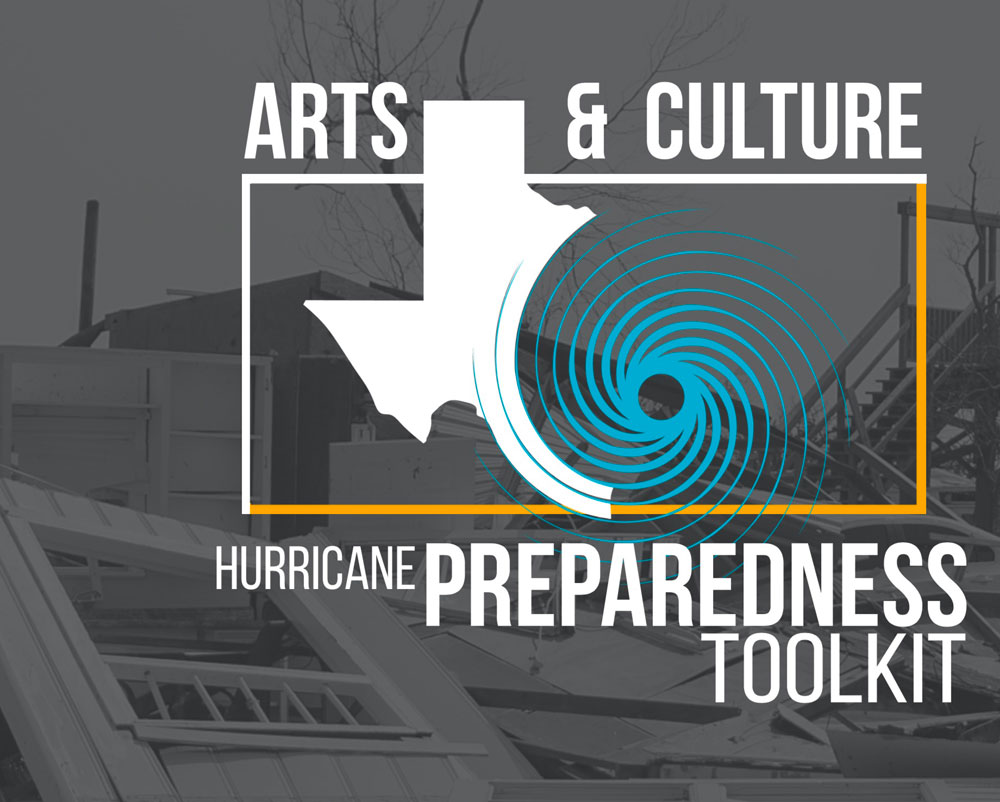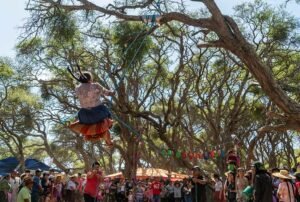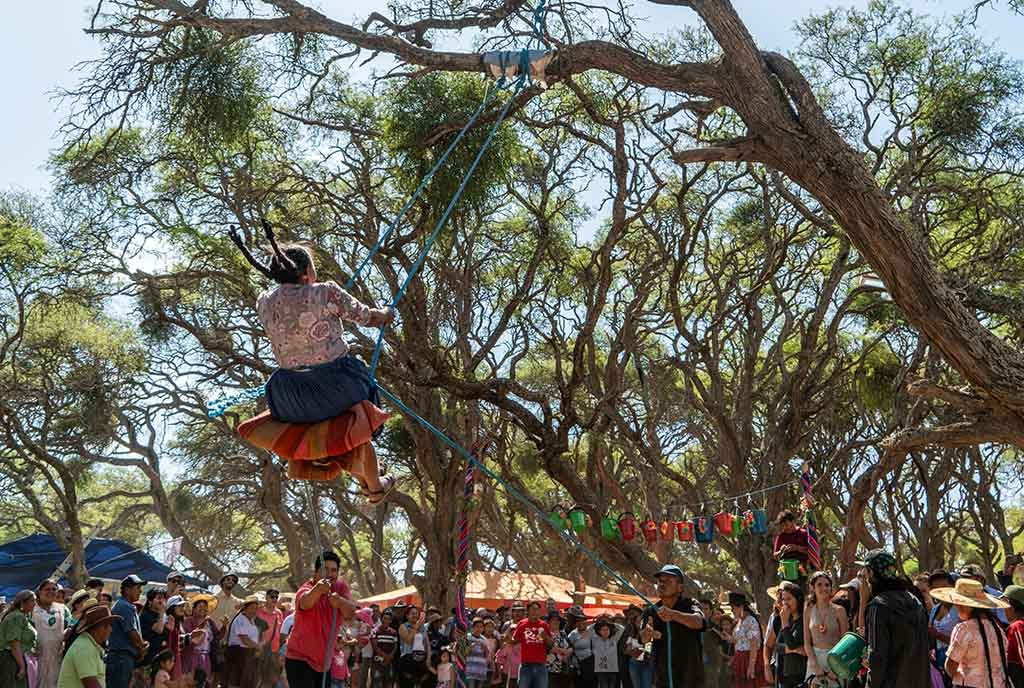
August 5, 2019; Houston Press
As the second anniversary of Hurricane Harvey approaches, Houston residents are preparing for the next storm to arrive. Harvey, a Category-4 hurricane, hit land on August 25, 2017, dumping over 40 inches of rain in the region and killing 68 people. More than 150,000 homes and 300,000 vehicles were flooded. All told, Harvey caused $125 billion in property damage, making it the second-costliest hurricane (after Katrina) in US history.
Houston’s nonprofit arts community was thus just one of many storm victims, but the damage, as NPQ covered, was considerable. For example, the Alley Theatre alone suffered $18 million in damage, the equivalent of a year’s income. Additionally, as Susie Tommaney writes in the Houston Press, “Season schedules were interrupted or cancelled altogether, smaller theater companies lost their venues, and the financial toll was devastating.”
In response, the arts community has come together to create a website that will hopefully leave artists in Houston better informed—and therefore better prepared—the next time a large hurricane arrives. According to one estimate, the 10-county metro Houston region is home to a $1.1 billion arts industry that employs over 25,000 people.
Tommaney profiles Houston artist Avisheh Mohsenin. She was able to move furnishings before Harvey hit, but she couldn’t move her basement artist studio. As a result, many of her works of art, photographs, letters, and mementos were damaged—a common experience for many artists.
Now Mohsenin, writes Tommaney, is mounting “an exhibit of collages from those flood-damaged objects, titled Resurface, with a percentage of the proceeds benefiting the Harvey Arts Recovery (HAR) Fund.”
A host of entities are behind the Fund’s creation, including CultureWorks Houston, Dance Source Houston, Fresh Arts, Galveston Historical Foundation, Houston Arts Alliance, the Mayor’s Office of Cultural Affairs, Preservation Houston, the University of Houston Center for Art and Social Engagement, and Houston Endowment. Tommaney adds, “An investment of $100,000 from the Houston Endowment allowed Fresh Arts to establish the HAR fund, while $25,000 from the Houston Arts Alliance (HAA) seeded that fund.
Sign up for our free newsletters
Subscribe to NPQ's newsletters to have our top stories delivered directly to your inbox.
By signing up, you agree to our privacy policy and terms of use, and to receive messages from NPQ and our partners.
HAA is also developing a new disaster resilience website. The website includes short videos and text designed to assist nonprofits and artists prepare to do before a disaster, as well as steps for what to do after a disaster occurs.
As Tommaney details, “Topics and suggestions useful before a disaster include: Assess risk and protect your studio. Make plans for evacuating or sheltering in place and keep emergency supplies on hand. Document your stuff and back up vital records; evaluate cloud storage and the risk of cybersecurity threats. Learn what types of insurance are needed and how to preserve your work.”
The site, adds Tommaney, also includes curated information about what to do after a disaster, such as, “Learn how to calculate loss and document the damaged property. Learn what resources are available locally and nationally.”
As Tommaney observes, “We’re still in the middle of hurricane season,” so artists and nonprofits should explore the website, she suggests, “just in case.” She adds, “After all, once the power goes out and roads become impassible, everything becomes much more difficult.”
For more on this topic, read “The Odd Beauty and Function of Disaster Art.”—Steve Dubb
Correction: This article has been altered from its initial form. According to the Houston Arts Alliance, while Mohsenin made a donation to the website, she was not involved in its development.













